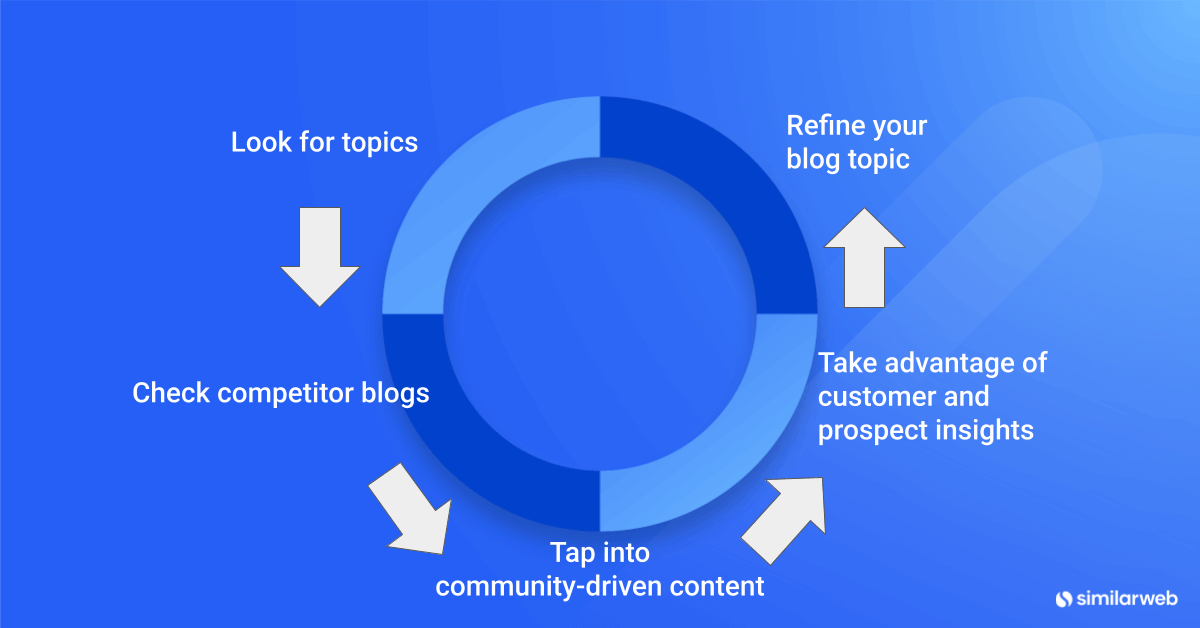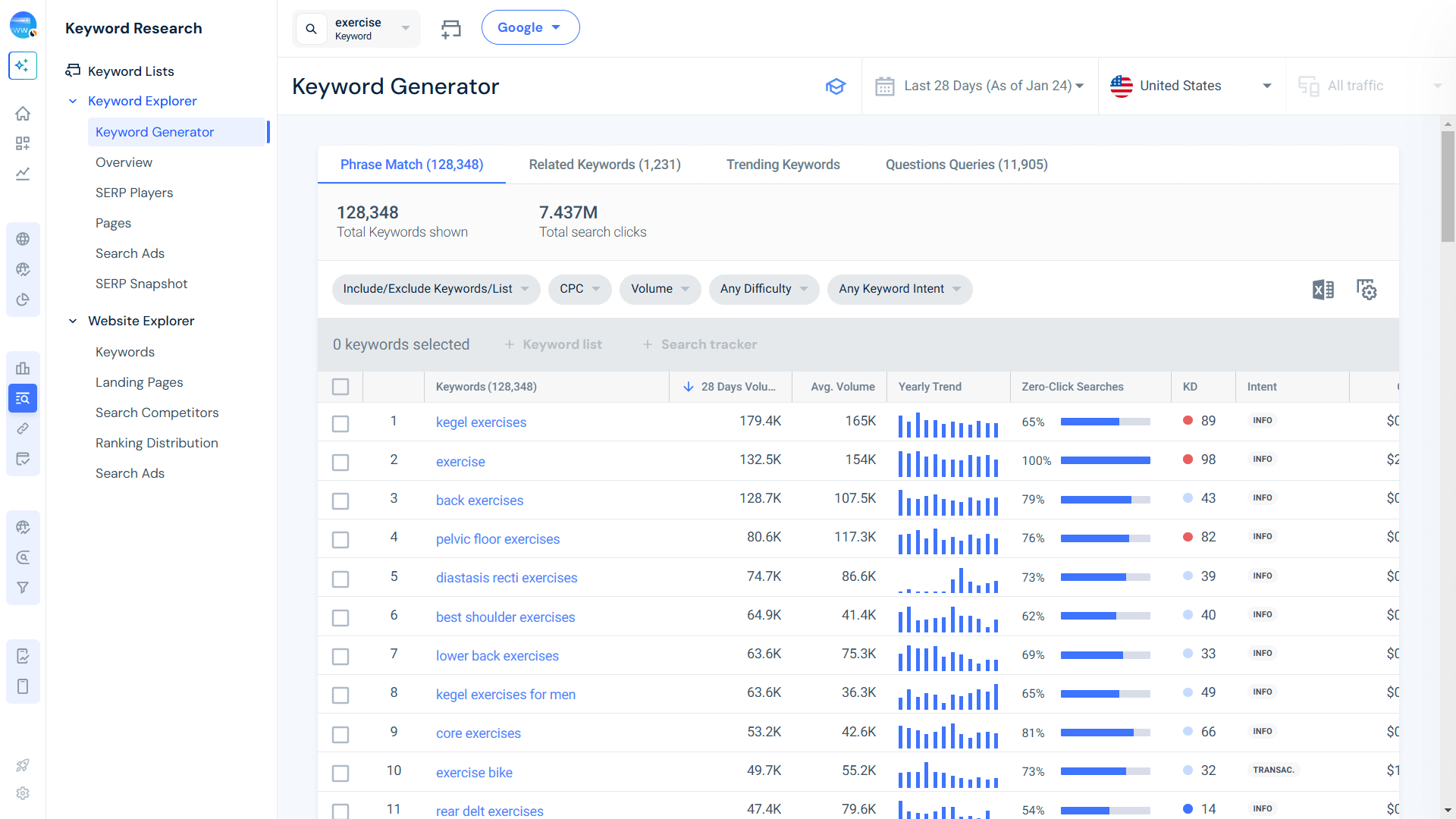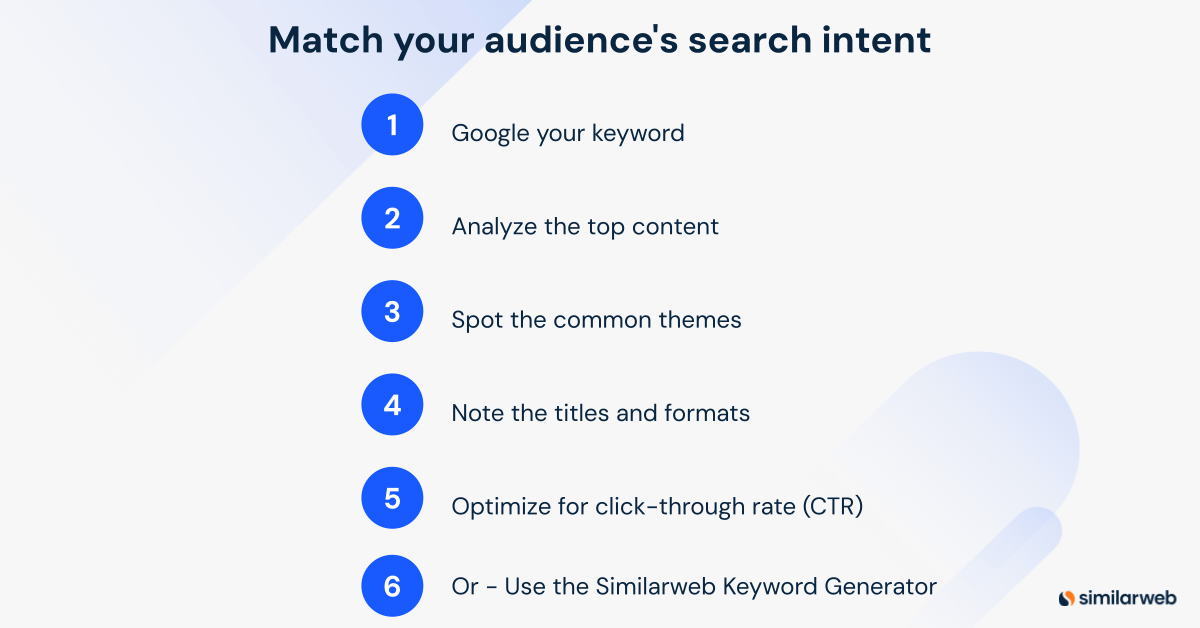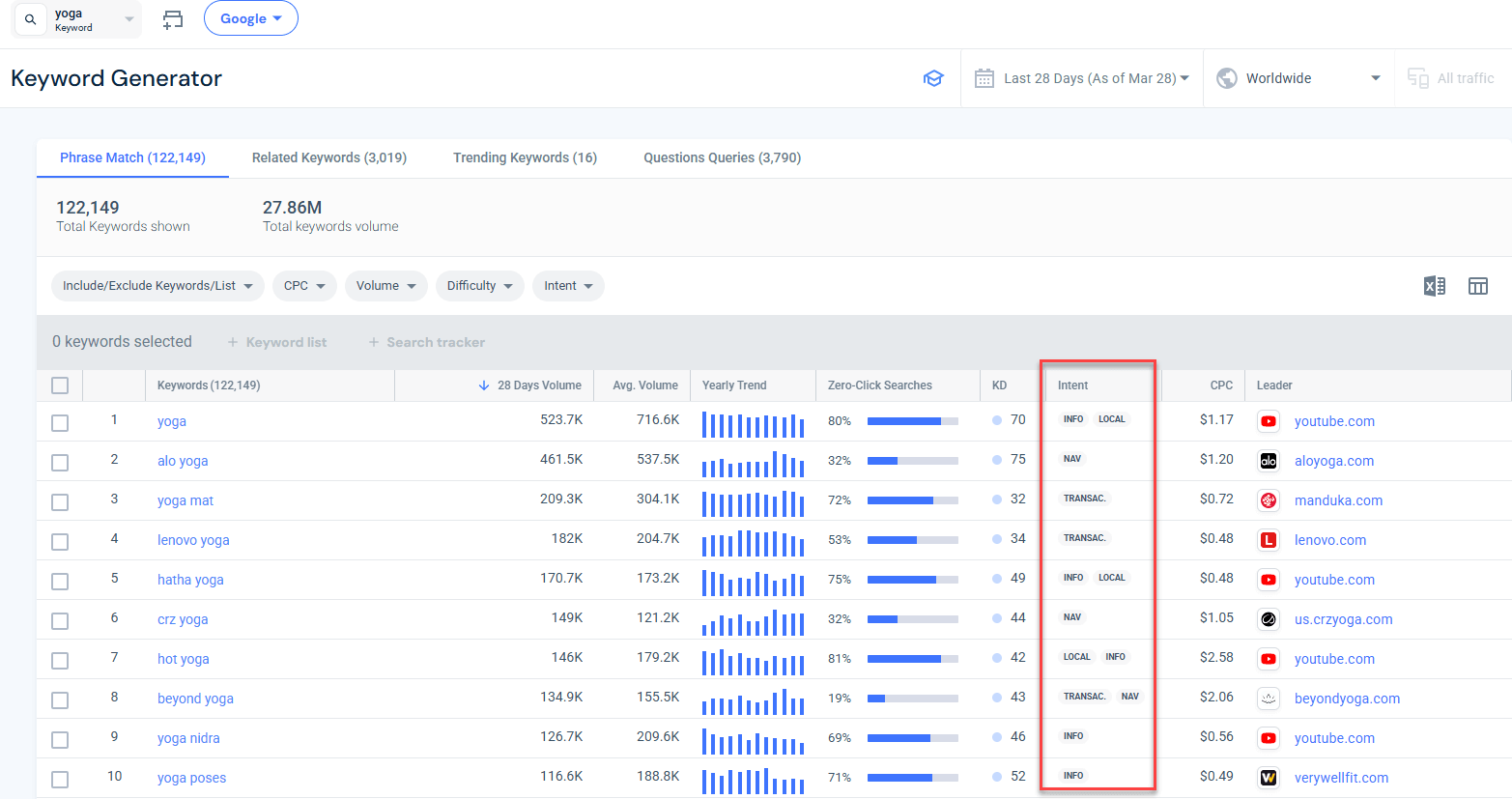22 Blog Post Writing Tips You Must Know

Most blog posts get ignored.
Readers land on them, skim a few lines, and bounce—off to something more interesting. Why? Because too many blogs are dull, bloated, or just plain forgettable. No hook. No personality. No reason to keep reading.
But here’s the thing: yours doesn’t have to be. The best blogs? They grab attention from the first sentence, keep readers scrolling, and make them think, “Damn, this is actually good.” And that’s not about luck—it’s about knowing exactly what makes people stay, interact, and come back for more.
So, how do you do it?
How do you write blog posts that people don’t just read but actually love? The kind they share, bookmark, and maybe even quote? That’s exactly what we’re diving into. No fluff, no generic advice—just proven tactics to turn your writing into content people can’t ignore.
Ready? Let’s go.
1. Pick a topic
Choosing the right blog topic is the foundation of every great post. If your topic isn’t relevant, interesting, or popular, even the best writing won’t save it. So how do you pick a winner?
Great ideas can come from multiple sources, but here are four solid strategies:
Look for topics
Identify trending topics and high-traffic search terms that align with your niche. When you write about subjects people are actively searching for, you’ll know there’s already an audience eager to find your content.
Check competitor blogs
Check out competitor blogs, see which posts are performing well, and look for gaps you can fill or a unique angle you can take on the same topic. Essentially, just take what’s already successful and make it better.
Tap into community-driven content
Browse Reddit, Facebook groups, and other popular forums to spot recurring discussions and trending questions. If a topic keeps coming up, you’ll know people are searching for answers—your blog can provide them.
Take advantage of customer and prospect insights
Talk to sales reps, social media teams, and customer support—they hear real concerns from your audience daily. Reviews, comments, and support tickets reveal pain points that make for high-value blog content.
Refine your blog topic
Once you have a topic idea, refine it by checking what’s ranking on Google. Use our Keyword Research tool to verify search volume and improve your phrasing. A small wording tweak can make a big difference in your rankings.
2. Add your unique angle based on your research
Millions of blog posts go live every day. If yours is drowned out by the noise, it’s doomed. Readers don’t want another rehash of what they’ve already seen—they want fresh, compelling content. Your secret weapon? A unique angle that makes them stop scrolling and start reading.
A strong, new perspective doesn’t just make your article more interesting—it makes it more memorable. Here are five powerful ways to inject originality into your blog post, according to Julian Shapiro:
| Novel Idea | Example |
| Counter-intuitive — “Oh, I never realized the world worked that way.” | Most people think willpower is the key to productivity, but research suggests the opposite: the most productive people don’t rely on willpower at all—they design their environment so they don’t need it. |
| Counter-narrative — “Wow, that’s not how I was told the world worked!” | We’re told that multitasking is a valuable skill, but studies show it actually lowers efficiency, increases mistakes, and even shrinks the brain’s gray matter over time. |
| Shock and awe — “That’s crazy. I would have never believed it.” | Your smartphone is dirtier than a public toilet seat—scientists found that the average phone screen harbors 10 times more bacteria than the typical restroom surface. |
| Elegant articulations — “Beautiful. I couldn’t have said it better myself.” | Success isn’t about doing everything—it’s about doing the right things with relentless focus. As Greg McKeown puts it, “If you don’t prioritize your life, someone else will.” |
| Make someone feel seen — “Yes! That’s exactly how I feel!” | You’re not lazy. You’re exhausted from constantly proving your worth in a system that rewards burnout and calls it ambition. |
Adding a fresh perspective starts with your expertise, experience, and research. Here’s how to make it happen:
- Tap into personal experiences: Share real-world data, success stories, or failures. Authenticity is magnetic.
- Capitalize on expert interviews: Get exclusive findings from industry leaders and practitioners. Their firsthand knowledge can set your content apart.
- Crowdsource opinions: Invite your audience to participate through polls, surveys, and social media discussions. Fresh perspectives create fresh content.
- Use data and research: Support your claims with statistics, studies, or unique case studies. People trust numbers.
- Tie it to a product or service: If relevant, show how a product or tool solves a problem naturally without turning your post into a sales pitch.
Your post needs to match search intent and bring something new to the table. To do this, assess the three Cs of search intent from top-ranking results:
- Content type: Are the top results blog posts, product pages, or videos? Align your content with whatever Google seems to prefer.
- Content format: Are the top results guides, listicles, news articles, or reviews? Structure your post similarly.
- Content angle: Are top posts targeting beginners or experts? Identify gaps you can fill.
There’s room to add to any conversation–even for well-covered topics. So if you think you can make content that’s better, clearer, or more actionable, do it.
3. Match your audience’s search intent
Want your blog post to rank high on Google and keep readers hooked? Then, you need to nail search intent—the reason behind a user’s search.
Here’s the deal: Google isn’t ranking content based on how beautifully it’s written. It ranks content that gives searchers exactly what they expect. Miss the mark, and your post won’t just sink—it’ll be invisible.
Search intent is the why behind every query. Are users looking for a quick answer, a detailed guide, or product recommendations? If your content doesn’t match their expectations, they’ll bounce, which could hurt your rankings.
Take this example: Someone searches for “best running shoes for beginners.” They want a list of recommendations, not a “How to Start Running” guide. Write the wrong type of post, and it won’t rank—no matter how well-researched it is.
So, how do you determine search intent? No guesswork needed—Google will tell you exactly what it wants. Here’s how to find out:
Google your keyword
Open an incognito window and search for your target keyword. Look at the top-ranking results.
Analyze the top content
Are the top results lists, guides, reviews, or something else? Google ranks content based on what searchers actually want.
Spot the common themes
Check the subheadings and recurring topics in top-ranking articles. Do they all include pros and cons, comparisons, or case studies? If so, your post should too.
Note the titles and formats
Do the top results use numbers (“10 Best…”), hooks (“Beginner’s Guide”), or dates (“2025 Update”)? Pay attention—these patterns exist for a reason.
Let’s say you’re writing about “best productivity apps.” A quick search will show that Google favors listicles, not deep dives into a single app. Your post should match the format, while adding a unique angle to make sure it stand out.
Optimize for click-through rate (CTR)
Even if your content matches search intent, you still need clicks. A compelling title makes all the difference.
- Keep it under 60 characters so it doesn’t get cut off in search results.
- Use numbers, power words, or dates (e.g., “2025 Guide,” “Top 10,” “Proven Tips”).
- Make it irresistible—but never misleading.
At the end of the day, search intent is everything. Match it, optimize for clicks, and watch your content rise in the rankings—while keeping readers hooked.
Or – Use the Similarweb Keyword Generator
Simply use the Similarweb Keyword Generator and find the search intent for each keyword you want to check.
All you have to do is type in a term–“yoga,” for example. Then, you’ll see the full keyword list, and you can check the search intent of each term.
4. Create an outline
Great blog posts don’t just appear out of nowhere—they’re structured. Even the best writers don’t just start typing and hope for the best. They use outlines to keep their content organized, clear, and laser-focused on the ideas that matter.
Skip this step, and you risk rambling, losing direction, or missing important points—all of which can turn a promising post into a chaotic mess.
An outline doesn’t have to be complicated. Think of it as a blueprint—it checks you hit all the primary points without wandering into the weeds. Here’s what it should include:
- Introduction: A quick hook that explains what the post covers and why it matters.
- Main sections: Clear H2s and H3s that logically break down the topic.
- Key points and subtopics: Bullet points under each section to outline key ideas.
- Conclusion: A recap of the main takeaways and a call-to-action (CTA) to keep readers interested.
Use templates to speed up the process
You don’t need to reinvent the wheel. Scroll through enough blog posts, and you’ll start to notice a pattern—most blog posts follow the same tried-and-true structures.
Think about it. How often do you see these formats?
- Listicles: “10 Best Productivity Hacks for Remote Workers”
- How-To Guides: “How to Start a Blog That Actually Makes Money”
- Case Studies: “How We Grew Our Website Traffic by 500% in 6 Months”
These formats stick around for a reason—they work. People love structured, predictable content that makes information easy to digest.
So use them to your advantage.
Pro Tip: Build your own go-to templates for common blog post types. That way, when you sit down to write, you’re not starting from zero—you’re plugging your ideas into a proven framework and getting ahead before you even begin.
5. Run it by a colleague
Even if you’re a rockstar writer, getting a second opinion is a must, especially when you’re covering a topic outside your area of expertise. A knowledgeable colleague, mentor, or industry professional can fill in gaps, correct errors, and add details you might have overlooked.
Want your content to be sharper, more credible, and error-free? Here’s how to make expert feedback work for you:
1. Before you start writing (the outline phase)
Before you waste hours writing a draft, run your outline by someone who knows the topic inside out. Why? Because a solid structure is half the battle. A subject-matter expert can tell you if:
- Your primary points make sense.
- You’re missing anything important.
- You’re focusing on what matters to your audience.
This early feedback verifies that you’re heading in the right direction before you even put words on the page.
2. Before publishing (the final review)
So, you’ve got a polished draft. Great. But is it factually bulletproof? Before hitting “publish,” get an expert to fact-check your piece.
They’ll help:
- Spot mistakes or outdated info.
- Fix clunky phrasing or awkward wording.
- Identify areas that need more depth.
And let’s be honest—after staring at your own writing for hours, you won’t see your own typos. A fresh pair of eyes can catch what you miss.
6. One reader, one problem, one solution
When you write a blog post, focus is everything. Each post should tackle one specific problem for one specific reader—not ten, not five, not even two.
People land on your blog looking for answers. If you veer off track, they’ll be gone—no second chances. Clarity wins. That means cutting the fluff, avoiding side tangents, and delivering a straightforward, actionable solution.
So, how do you keep your writing sharp and effective?
- Know your reader: Who are you writing for? A beginner? A pro? Someone in a niche industry?
- Pinpoint the problem: What’s the pain point? What’s keeping them stuck?
- Give a crystal-clear solution: Offer concrete steps, not vague advice. Make it something they can act on immediately.
Every word in your post should work toward solving the problem. Cut anything that doesn’t.
7. Write an intro
Struggling to put pen to paper because you can’t figure out your intro? Many writers get stuck before they even start. But here’s the fix: the PAS formula—a foolproof way to hook your reader instantly.
- Problem: Your audience has a pain point. Call it out.
- Agitation: Dig deeper. What makes it frustrating? Why does it matter?
- Solution: Tease the fix and make them want to read on.
Pro Tip: Even though the intro comes first, it might be easier to write it last—after you’ve nailed the rest of your content.
8. Write a conclusion
A weak conclusion is like a movie that ends mid-sentence. It’s confusing, frustrating, and forgettable.
Instead, reinforce your primary takeaways and give your readers a clear next step. Whether it’s asking a thought-provoking question, linking to must-read resources, or prompting action, your ending should leave a good impression.
9. Write a good headline
You’ll probably start with a mediocre headline. That’s fine. The key is refining it. Your headline decides whether people will click—or keep scrolling. A great title should be:
- Clear and specific: Tell readers exactly what to expect.
- Intriguing: Create curiosity with numbers, power words, or unique phrasing.
Instead of “How to Write Better Blog Posts,” why not use “10 Proven Blog Writing Tips to Keep Readers Hooked”?
10. Use your keywords in the right places
SEO matters—but keyword stuffing will make your content unreadable. Instead, be strategic. Here’s where to place your keywords:
- Title: Include your primary keyword naturally.
- Introduction: Drop it within the first 100 words.
- Headings (H2, H3): Helps both readers and search engines.
- URL and meta description: Reinforces relevance for Google.
- Throughout the content: Sprinkle it in naturally, with no forced repetition.
Smart keyword placement leads to better rankings without wrecking readability.
11. Use headings to help your readers
Most people don’t read—they scan. That’s why structured headings (H2, H3, H4) are non-negotiable. They break up your content, make it digestible, and guide readers exactly where they want to go. Here’s a good example:
H2: How to Improve Focus at Work
H3: Time-Blocking Techniques
H3: Best Apps to Stay Productive
Bonus: Search engines love well-structured content, and that’s more reason to use headings wisely.
12. Write a meta title and meta description
Your meta title and description are the first things users see on Google. If they aren’t compelling, they won’t click. Keep these rules in mind:
- Meta title: Under 60 characters, include your primary keyword.
- Meta description: Under 155 characters, make it irresistible.
A well-optimized meta description can drive click-through rates. It’s as simple as that.
13. Use elements like lists, charts, and quotes
Want your post to be easy on the eyes? Break up text with visual elements that make scanning a breeze.
When creating lists, use bullet points to simplify complex ideas. Charts and infographics are ideal for data, comparisons, or step-by-step guides. Use blockquotes to highlight essential insights or expert opinions.
Remember that well-structured content isn’t just prettier—it’s more effective.
14. Feature visual content
Want more interaction from your readers? Better readability? A blog that holds attention? Then, stop relying on walls of text.
People process visuals 60,000 times faster than text—so why not take advantage?
Here’s what works:
- Screenshots: These are perfect for step-by-step guides or explaining tools.
- Charts and infographics: Turn dry data into something readers actually want to see.
- Illustrations and videos: A picture (or clip) is worth a thousand words, especially for complex concepts.
15. Cut cliches and extra words
Nobody wants to read a blog stuffed with fluff. Cut the unnecessary words and the clichés. Be sharp, clear and direct.
Compare these two sentences:
“In today’s fast-paced digital world, it’s crucial to leverage the power of content marketing to boost engagement.”
“Content marketing drives engagement—if you do it right.”
Which one hits harder? Exactly.
Read your blog out loud. If a sentence sounds unnatural or drags on, rewrite it. If a phrase sounds like something everyone says, replace it. Every word should pull its weight.
16. Link to credible sources
Want to build trust? Back your claims with reputable sources. Always link to sites that are:
- Authoritative (think government sites, academic research, or industry leaders)
- Recent (outdated data weakens your credibility)
- Well researched (weak sources = weak content)
17. Link to other posts on your site
Internal links keep readers on your site longer. But don’t just slap in random links—make sure they’re relevant and valuable.
Use descriptive anchor text (not just “click here”) and regularly update older posts with new internal links. Link naturally, not forcefully—if it feels out of place, leave it out.
Good internal linking translates to better navigation and a more interested audience.
18. Include assistants like FAQ and table of content
Nobody likes endless scrolling. If your blog is packed with valuable info, make it easy to browse.
A Table of Contents (TOC) lets readers jump straight to what they need without any frustrating scrolling. An FAQ section delivers quick answers and increases your chances of appearing in Google’s AI Overviews.
For example, if you’re writing about keyword ranking, your FAQ could tackle:
What is keyword ranking?
How long does it take to rank on Google?
With TOCs and FAQs, you give readers control over their experience while making your content Google-friendly and highly scannable.
19. Take a break to read your content with fresh eyes
Ever written something that sounded brilliant at first—only to reread it later and cringe?
That’s why stepping away before editing is a must. Take a few hours (or a day) off. Then, when you’re recharged, go back and read it out loud—awkward sentences will jump out.
Getting a second pair of eyes might also be a good idea. Someone else might catch what you missed. A fresh perspective gives a sharper final draft.
20. Don’t let AI do the work for you
AI (artificial intelligence) can help with brainstorming and structuring, but if you let it write your entire blog, your post will sound generic, lifeless, and robotic.
AI-generated content often uses clichés and repetitive phrases, lacks originality and depth, and misses the personal touch that makes content engaging.
Use AI as a tool—not a replacement. Your unique voice is what makes people stick around.
21. Don’t get emotionally attached to your content
You love a certain paragraph, but deep down, you know it’s not adding value. No matter how beautiful it may sound, you need to cut it.
Kill weak arguments. If it doesn’t strengthen your point, it’s dead weight. Reword clunky sentences because clarity is critical.
Great writing is about the reader’s experience, not your creative expression.
22. Promote after publish
Writing is just step one. If you don’t promote your post, no one will read it.
Share it on social media (Twitter, LinkedIn, Facebook, Instagram, Reddit, Quora, Discord—wherever your audience hangs out).
Send it out via email marketing, newsletters, and online communities.. But don’t spam links. Make sure that you’re actually contributing something to the conversation.
You should also reach out to people or sources you’ve mentioned because chances are, they might share it.
A good blog isn’t just about words
Writing a blog people love isn’t just about words but engagement, clarity, and strategy.
Follow these steps, and you’ll create content that ranks, resonates, and keeps readers coming back for more.
FAQs
Why are visuals important in blog posts?
Visuals increase user interaction, readability, and comprehension. Posts with images get more views.
How can I eliminate clichés in my writing?
Replace overused phrases with original, direct language. Read your post out loud to catch redundancy.
What is the benefit of internal linking?
Internal links keep readers hooked longer and strengthen your site’s structure.
How do FAQs improve blog posts?
FAQs answer reader questions and improve user experience as well.
What is the best way to promote a blog post?
There are different ways. You can make use of social media (LinkedIn, Twitter, Facebook, Reddit, etc.), email marketing (newsletters drive user interaction), participating in online communities (Reddit, Quora, Discord), and doing outreach to people you mentioned.
The #1 content marketing tool - get started
Give it a try or talk to our marketing team — don’t worry, it’s free!
















